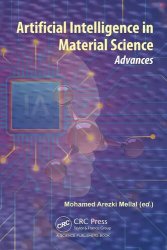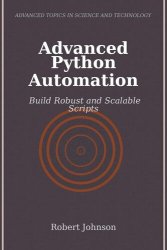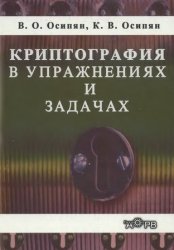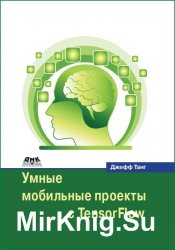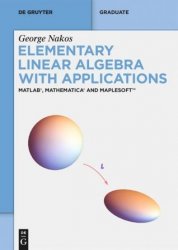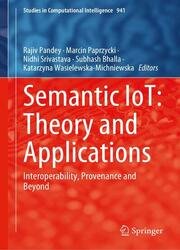 Название: Semantic IoT: Theory and Applications: Interoperability, Provenance and Beyond
Название: Semantic IoT: Theory and Applications: Interoperability, Provenance and BeyondАвтор: Rajiv Pandey, Marcin Paprzycki, Nidhi Srivastava
Издательство: Springer
Год: 2021
Страниц: 424
Язык: английский
Формат: pdf (true), epub
Размер: 61.8 MB
This book is focused on an emerging area, i.e. combination of IoT and semantic technologies, which should enable breaking the silos of local and/or domain-specific IoT deployments.
Taking into account the way that IoT ecosystems are realized, several challenges can be identified. Among them of definite importance are (this list is, obviously, not exhaustive): (i) How to provide common representation and/or shared understanding of data that will enable analysis across (systematically growing) ecosystems? (ii) How to build ecosystems based on data flows? (iii) How to track data provenance? (iv) How to ensure/manage trust? (v) How to search for things/data within ecosystems? (vi) How to store data and assure its quality?
Semantic technologies are often considered among the possible ways of addressing these (and other, related) questions. More precisely, in academic research and in industrial practice, semantic technologies materialize in the following contexts (this list is, also, not exhaustive, but indicates the breadth of scope of semantic technology usability): (i) representation of artefacts in IoT ecosystems and IoT networks, (ii) providing interoperability between heterogeneous IoT artefacts, (ii) representation of provenance information, enabling provenance tracking, trust establishment, and quality assessment, (iv) semantic search, enabling flexible access to data originating in different places across the ecosystem, (v) flexible storage of heterogeneous data. Finally, Semantic Web, Web of Things, and Linked Open Data are architectural paradigms, with which the aforementioned solutions are to be integrated, to provide production-ready deployments.
With an exponentially increasing number of devices connected to the Internet, the Internet of Things (IoT) is encompassing and connecting multiple domains. As a matter of fact, it becomes difficult to point to domains where IoT-based ideas are not explored. This brings about interesting developments related to, what could be considered as, the “second wave of IoT.” Here, local and/or domain-specific IoT deployments have to be joined to deliver more complex services to the users.
Nevertheless, even though we can observe a systematic uptake of solutions utilizing semantic technologies, in the IoT domain and across the Internet, the total number of actual deployments is not large enough to provide a real-world grounded guidance and best practices to follow. This provides the context for this book, which aims at presenting the current trends in application of semantic technologies in the IoT domain (and closely related areas, such as Semantic Web or Web of Things) and explores enablers that they provide. Moreover, descriptions of real-life use cases, where semantic technologies have been adopted, are included.
Contents:
Скачать Semantic IoT: Theory and Applications: Interoperability, Provenance and Beyond
[related-news] [/related-news]
Комментарии 0
Комментариев пока нет. Стань первым!


